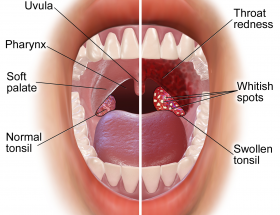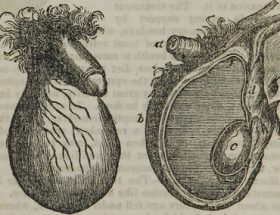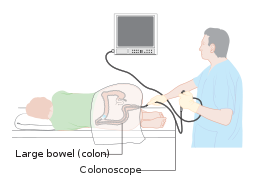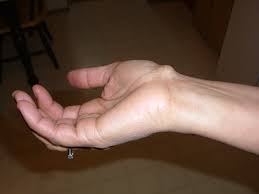Services
Hernia Surgery – Ventral Hernia & Inguinal
A hernia is an abnormal condition of bulging of the intestine or fatty tissue through a weak gap or spot. It is a common health disorder that can happen to anyone and at any age. And ventral and inguinal hernia is the typical type of hernia. Inguinal hernia is most common in men than women. However, a ventral hernia can occur in both genders. When the hernia gets painful and keeps growing, it’s time to see the doctor. The doctor can diagnose it by physical examination. They can also suggest you a suitable repair treatment. The most common options for surgery are open surgery and small incision or laparoscopic surgery.
- Open Surgery:
An open cut is made in the hernia region with a general anaesthesia dose in open surgery. Next, the surgeon tries to push the hernia back; in some cases, they may also use a synthetic mesh net for extra support. The final step is sealing the cut with stitches. - Laparoscopic Procedure:
The laparoscopic procedure involves making small incisions rather than big ones. The incisions are made to insert a probe with a camera to see the hernia on a screen during the surgery. As a result, laparoscopic methods have a fast recovery time and less post-surgery pain.
Before performing the surgery, the doctor would conduct tests to confirm that you are physically fit for an anaesthetic operation.
There are some standard precautions a doctor may advise you before the surgery:
- Take a bath a night before and on the morning of the surgery with an antiseptic soap (if possible)
- Do not shave the belly area and groin area before the surgery
- Stop eating food before some hours of the procedure
- Quit smoking for some weeks are it may impact the surgery’s effect.
There are many advantages to the minimally invasive method for hernia repair compared to open technique. These advantages are:
- Smaller Incisions with better cosmetic result
- Reduced post-operative pain, swelling and discomfort. This also associated with decrease trauma to the abdominal wall which decrease the post-operative morbidity and complications.
- Faster recovery
- Faster return to work and activity
- Reduced incidence of wound healing complications (i.e. infection and wound separation)
- The ability to perform additional intra-abdominal procedures at the same time
- Increased ability to diagnose and repair additional asymptomatic hernia defects.
During minimally invasive surgery the opposite side can be clearly visualized. In this manner, both sides can be repaired with no need for additional incisions. Since 30% of patients with groin hernias will have an asymptomatic hernia on the opposite side, the minimally invasive technique for hernia repair has a significant advantage in this respect. The occult hernia consisted of a beginning hernia. Eventually, one of five will become symptomatic and require repair. These outcomes support immediate repair of occult defects, no matter its size.




